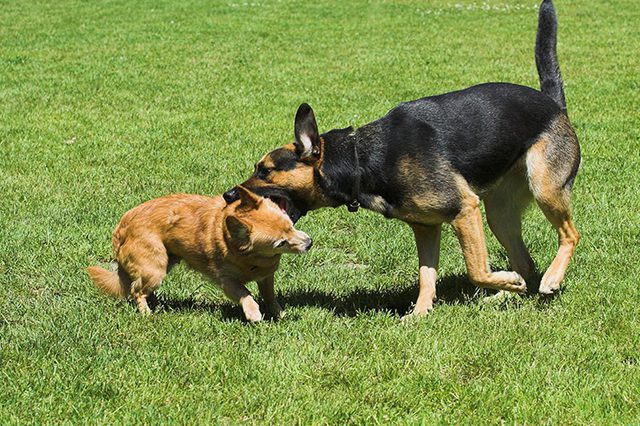A common concern I hear from dog owners is this:
“I just don’t want my dog’s personality to change.”
And honestly? I love when people say that. Because it tells me that they care. It tells me they love their dog for who they are, not just for how well they behave. It tells me they’re coming from a place of deep affection, of wanting their dog to feel happy and safe.
But my response is always the same:
If I could change a dog’s personality, I’d be charging double.
Because the truth is, that’s not how this works.
Training—when it’s done fairly, consistently, and with the dog’s emotional well-being in mind—isn’t about stripping away personality. It’s about helping your dog express who they are in a way that works for them and for the world around them. It’s about building their confidence, creating clarity, and supporting them in feeling safe and secure in a world that can sometimes be chaotic and overstimulating.
Let’s dig into why that fear isn’t something you need to hold onto.
The Myth of “Structure Kills Joy”
There’s a pervasive idea floating around that structure and rules somehow squash a dog’s spirit. That saying “no” or teaching impulse control is synonymous with being harsh or cold. That if you start setting boundaries, your dog will suddenly become fearful, flat, or withdrawn.
But think about your own life.
You live with rules and boundaries every single day. You stop at red lights. You show up to work on time. You have boundaries in your relationships. With your partner, your friends, your coworkers. You don’t let people walk all over you, but you also don’t scream when someone cuts in line at the grocery store (well, hopefully not). You’ve learned how to regulate your emotions, respond appropriately, and navigate different situations with a level head.
And none of that has made you less “you.” You didn’t lose your sense of humor or your passion for life just because you learned how to behave in a way that’s respectful and functional. If anything, it’s those very boundaries that allow you to thrive.
It’s the same for dogs.
Boundaries Create Freedom
It sounds backwards, but it’s true: the more boundaries a dog has, the more freedom they can safely enjoy.
Dogs who live without structure often struggle with overstimulation and anxiety. They’re constantly in overdrive, pinging from one distraction to the next. They bark excessively, jump on guests, pull on the leash, react to other dogs, chew up furniture, and struggle to settle even when the house is quiet.
But those behaviors don’t mean the dog has a “bad” personality. They usually mean the dog is dysregulated. Stuck in a cycle of arousal with no idea how to stop.
That’s where structure comes in.
When we provide clear, consistent boundaries, we’re not punishing or suppressing behavior. We’re offering our dogs a roadmap for how to exist in the world. We’re teaching them how to pause, how to think, and how to look to us for guidance instead of trying to manage every situation on their own.
Boundaries help dogs feel safe.
They give them a predictable framework, which reduces anxiety and builds trust. Dogs learn that their human is reliable. That they don’t need to be hypervigilant all the time. That they can relax, because someone else is leading the way.
That’s what creates the space for joy! Not the absence of boundaries, but the presence of trust.
Your Dog Doesn’t Change. They Just Learn How to Shine
One of the biggest misconceptions about training is that it somehow “dims” your dog. But personality and dysregulation are not the same thing.
A playful, goofy dog doesn’t lose their spark just because they learn how to settle on a place cot or walk politely through the neighborhood. If anything, they become more fun to be around because their energy isn’t constantly tipping into chaos.
An affectionate, social dog doesn’t stop loving people just because they learn not to launch themselves at every stranger who walks through the door. They still get to enjoy interaction, but now it happens with consent, calmness, and better emotional control.
Training refines the expression of your dog’s personality. It brings out the best in them by helping them move through the world with more ease and less stress. It allows them to experience life fully without the constant burden of confusion or overwhelm.
And most importantly, it strengthens your bond.
Because when you and your dog are communicating clearly your relationship deepens. You’re not just coexisting. You’re working with each other.
The Bottom Line
Saying, “I don’t want my dog’s personality to change” comes from a place of love and that’s a good thing. But the real magic of training is that it doesn’t take anything away from your dog. It gives them the tools they need to thrive. It helps them feel more secure, more connected, and more capable of navigating the world around them.
Boundaries don’t kill spirit. They build it.
They don’t ruin relationships. They create them on a foundation of trust, communication, and mutual respect.
And at the end of the day, your dog won’t lose who they are. They’ll just become the best, most confident version of themselves.






